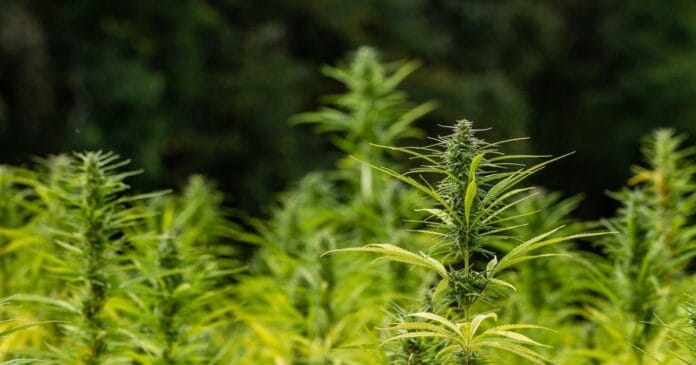A recently published study looked at the response of hemp to irrigation in semi-arid environments with some very interesting results.
Researchers at Oregon State University examined the impact of varying rates of applied irrigation on direct-seeded, field-grown autoflower and full-season hemp cultivars over multiple years. The hemp was grown between 2020 and 2023 at the Oregon State University-Southern Oregon Research and Extension Center (SOREC) research farm, which is located between Medford and Jacksonville, Oregon. The soil at the farm was described as sandy loam.
The study’s measurements included:
- floral and total biomass
- cannabinoid concentration
- cannabinoid yield.
While leaf and stem biomass continued to increase as the plants grew taller as irrigation increased, the research found primary flower size did not vary much irrespective of the amount of irrigation, even when no supplemental water was applied.
However, secondary and tertiary flower biomass increased with irrigation to a point, above which extra water had no impact. Cannabidiol (CBD) and floral yields increased by 2–3 times as irrigation rate increased from low to moderately high rates. But the researchers found irrigating at rates greater than about 80% of potential evapotranspiration (PEt) did not generally increase cannabinoid yield.
The researchers said:
“Thus, growing hemp with low, moderate, or no irrigation in a semi-arid climate may be economically feasible (despite the lower yield) in certain situations, depending on costs of irrigation water, other crop management decisions, and market valuation of end products.”
As is often the case with the outcomes of these studies, they note more research is needed.
“Despite these consistent results, studies using additional cultivars in differing climates would solidify the conclusions and irrigation recommendations, increasing the likelihood of successful hemp crop production,” state the study authors.
The study has been published in the journal Agrosystems, Geosciences and Environment.
Cannabinoids aside, there’s a lot to like about hemp in terms of its fiber potential in a world where water supplies are becoming increasingly precarious. According to this 2023 study, hemp has a 38% lower crop water requirement, 60% lower water footprint, 84% lower crop irrigation requirement, and 91% lower irrigated water footprint as compared to cotton


